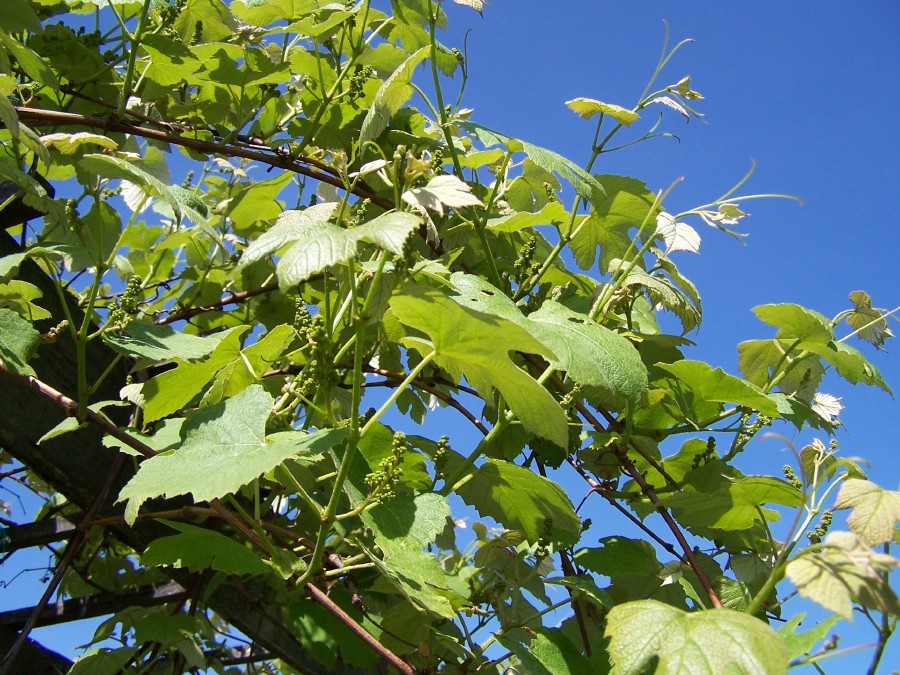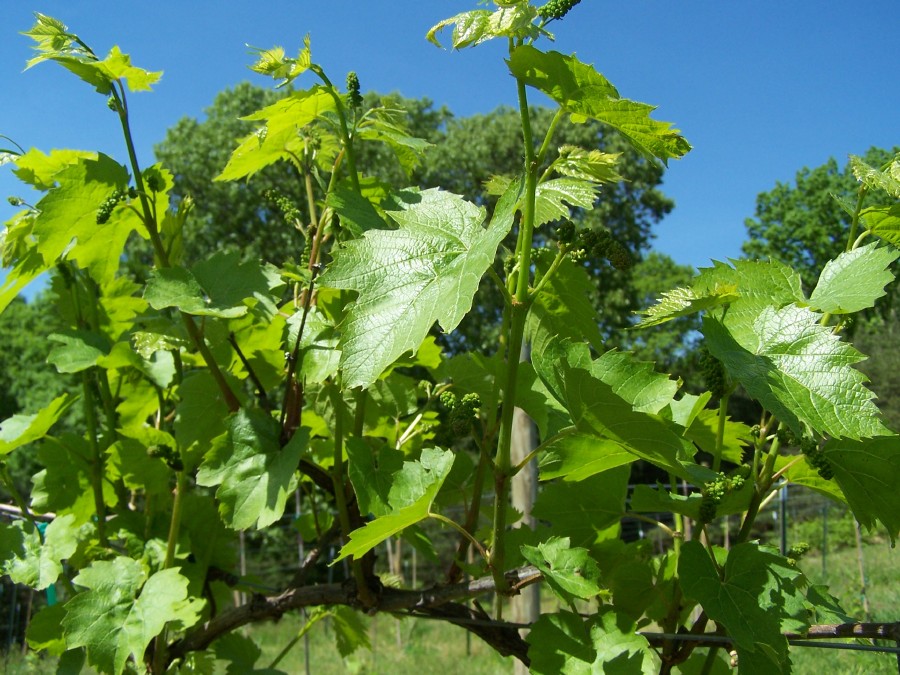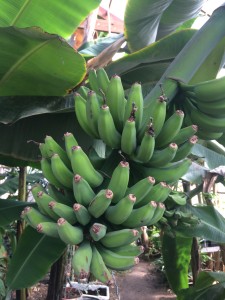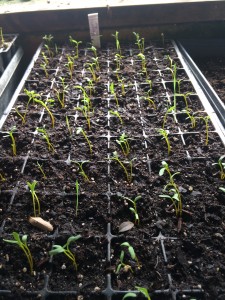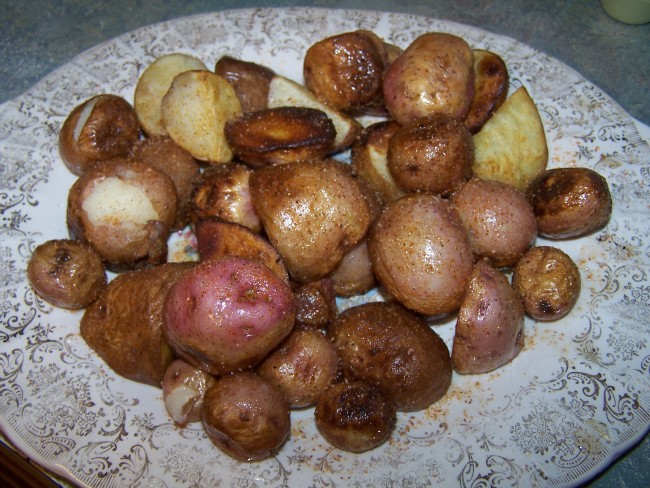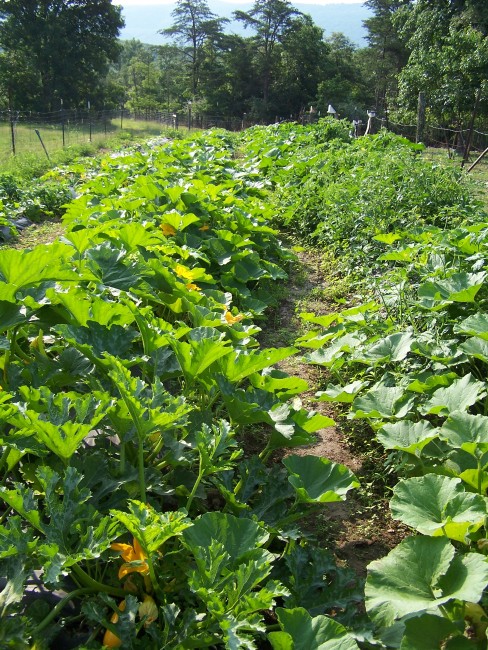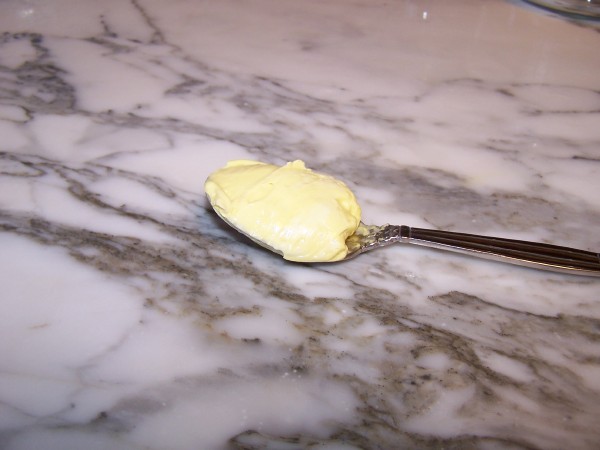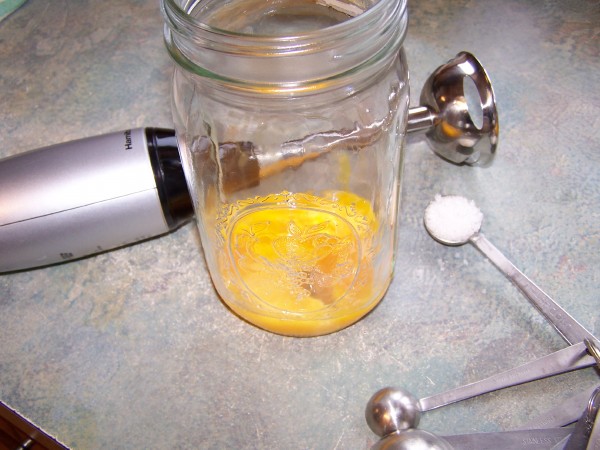We often have company, and naturally you want to put out your finest food for guests. Going to the grocery store lately, though, has been depressing with the costs of foods escalating rapidly, and package sizes shrinking. (By the way, the Commerce Department removed the cost of food from the cost of living index.) When I calculate the cost per pound for favorites such as smoked salmon and proscuitto, or even more dificult to find German Lachs Schinken, they range around $25.00 a pound and up. Not an option on this household budget!
When there’s a will there’s a way as the saying goes, and usually when I am faced with “you can’t” I find a way to respond with “who says?” This approach has led to finding affordable solutions as long as I’m willing to do the research and the work.
I am going to share with you how to make gorgeous, moist, smoked salmon and provide a little background on charcuterie in general.

Smoked Salmon done in Umai Bag
Charcuterie is a method of curing meat to extend its shelf life. This was extremely necessary during times without electricity and refridgerators. The flavors and textures that develop make it worth making even with modern conveniences. The salt used to preserve the meat dehydrates the cells of the proteins, changing its flavor and enhancing or concentrating it. It changes the texture of the meat akin to cooking it. Thanks to a recent invention by Umai Dry (you can purchase a kit with this link), you can replicate this process at home with your own fridge – no need for a temperature and humidity controlled room or appliance.
Originally charcutierie was a process thought limited to pork products, but all sorts of meats and fish can be preserved using these methods. A favorite is salmon.
This recipe is inspired by one from Umai Dry’s website.
Cure Mixture – This recipe makes extra which you can store in a jar.
2 cups Kosher or sea salt
2 cups organic sugar
2 teaspons black pepper
2 teaspoons dill
2 teaspoons garlic
1 teaspoon coriander seeds
1 bay leaf
Combine mixture. I save extra mixture in a quart canning jar.

Buy an approximately 2 pound piece of salmon, wild caught is healthier, but use what is available that is very fresh. Make sure you have its exact weight without wrapping/packaging materials. Calculate half the weight, and weigh exactly that amount of cure mixture.
Leaving the skin on, rub the entire surface of the salmon flesh with a liberal amount of paprika. Place the salmon in a durable plastic bag with a zip type closure, or you can do this in a flat glass dish with a good lid. Pour the measured amount of cure mixture all over the salmon – both sides and rub it in gently. Add a teaspoon of Liquid Smoke Seasoning. Seal bag and place in fridge.
Each day, take bag and gently massage the salt cure around the salmon. The salmon flesh should take on the extra red color from the paprika, and the salt cure will begin to extract fluid from the fish. The salmon should be turned daily in this mix for seven days. It will look like this.

Salmon in Salt Cure
On the seventh day, remove the salmon from the bag and rinse it in cold running water. Pat it dry with paper towels. Take an Umai Dry bag and wrinkle the top of it in order to help your vacuum sealer remove air. Insert one of the Umai “mouses” (a white strip of plastic fabric) into the area where your vaccum will seal the bag. Vacuum until the air has been removed and seal. Move the bag slightly and seal a second time to insure a good seal.
Place your salmon filet on a cookie rack in your fridge. Try to get several inches of air circulation under the cookie rack as well as above it. I find that this rack from Wilton is ideal and does not take up much space in the fridge.
After 10-12 days in the fridge, take out of its Umai Dry bag, slice thin and enjoy!
I am presently experimenting with charcuterie methods for venison and various cuts of pork. Stand by for progress on those cured meats!


